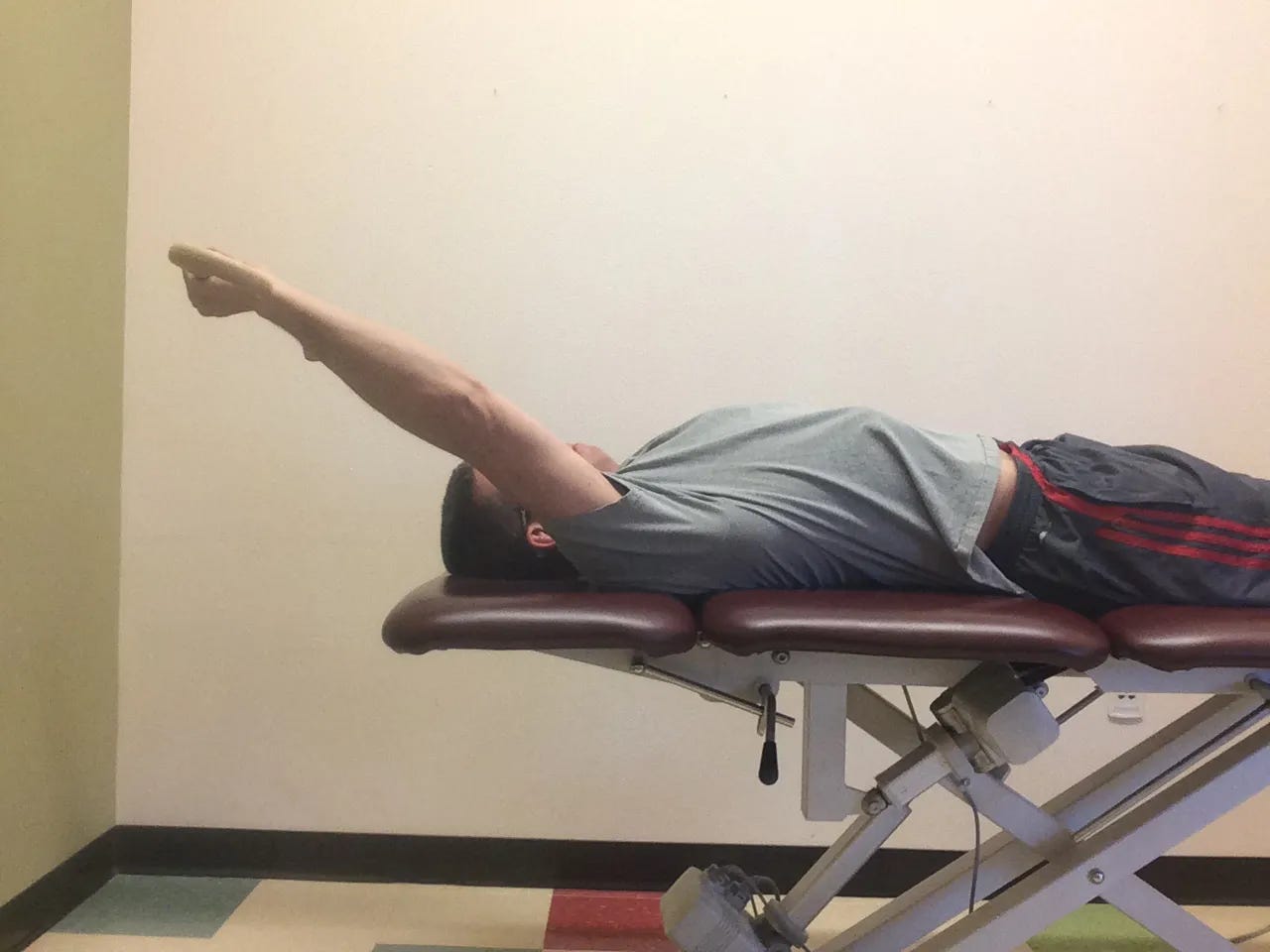This is not medical advice.

I can’t tell you what to do, this is more of a heads up on what to expect. Protocols and surgeries can vary wildly between surgeons and therapists, so this is a very general overvue.
There are dozens of protocols listed on the internet. Here is an example, but this may not apply to your case. Some people have multiple structures repaired. Follow you surgeon’s and PT’s directions for successful outcomes.
The 1st week
Hopefully you have prepared for surgery, have your comfortable recliner chair to sleep in, easy button up clothing to put on, ice machine, and pain meds from the doctor.
Many people I meet do not sleep well the first week or two. The shoulder is really just a ball in a socket. It’s partially held together by the tissues that the surgeon just repaired.
The surrounding muscles and tissues are bruised during surgery. There is likely a lot of swelling in the joint, and this also causes it’s own instability as the structures are floating. An unstable shoulder is a painful shoulder.
There’s really no way around this except follow the surgeon’s directions, ice frequently, and wait.
Therapy
Hopefully you have been referred to therapy, and will be seen in the first 1-2 weeks. I have seen some surgeons wait until 4 weeks for that referral. My guess is that they are concerned that therapy will screw up their work.
We want to start what’s called passive range of motion as soon as possible. Active motion in when you move a joint with your muscles. We don’t want the muscle pulling on the repair, so we are supposed to gently move your joint for you.
This can be hard to relax for, and you need to find a PT you trust.
I learned a valuable “relax” lesson from the other side of the table.
After our second child was born, my wife and I decided to have me “fixed.” The doctor walked in with a long needle headed towards my groin (ironically, for numbing) and said “just relax…” I’ve been even more empathetic since then.
The priority
The priority in this stage is protective healing, and gradually and gently restoring passive range of motion. We don’t want you to get frozen.
Week 4
Hopefully you are starting to sleep better.
We might start adding what’s called isometrics, where we gentle push on your arm in a fixed position to improve muscle tone and response.
About this time passive range of motion should be reaching well over your head, in a lying down position.
In some cases I start to add active assistive range of motion, only lying down, with the opposite hand helping.
Week 6
At 6 weeks I am really concerned with ROM progress. We might add some very gentle and limited rubber band work, keeping everything as pain free as possible.
I have patients using a stick to raise their arms overhead when lying down.
Week 8
This to me is the green light to start even more overhead activity. We want it to be quality motion though. Many people have to “cheat” with their body and neck to raise the arm overhead. This not ideal.
The incline or lawn chair protocol helps graduate people towards better quality shoulder flexion. It will also likely hurt less.
Can't lift your arm?
This is not medical advice. Sometimes we have an injury or condition that prevents us from rotating our arm overhead. This problem is mostly at the shoulder. I have several articles describing why this happens, or why your shoulder hurts in the first place.
Week 12
By week 12 you should be able to raise your arm almost completely overhead with minimal pain or restriction. That’s the goal, but rarely achieved by most patients I see. Every case is different and brings a different set of challenges.
Most shoulders I see will continue to make progress the next 6 to 12 months.
Alternatives
Did you just read that and think, there is no way I want that? Surgery is a difficult decision. I was able to avoid it, and am happy with the results, but this route is not for everyone. I am unlikely to try and rebuild a car engine by myself. I don’t have experience doing that, so I would pay to have “car surgery.”
How I fixed my rotator cuff tear and avoided surgery
This is not medical advice. That title is somewhat of a misnomer. I didn’t “fix” my rotator cuff muscle, I “rehabbed” my shoulder enough that my other intact cuff muscles compensate, and I have no pain. Those of you who know me personally, I am not a natural smiler for pictures. One minute with my interminably smart assed wife fixes that pretty quick. S…





